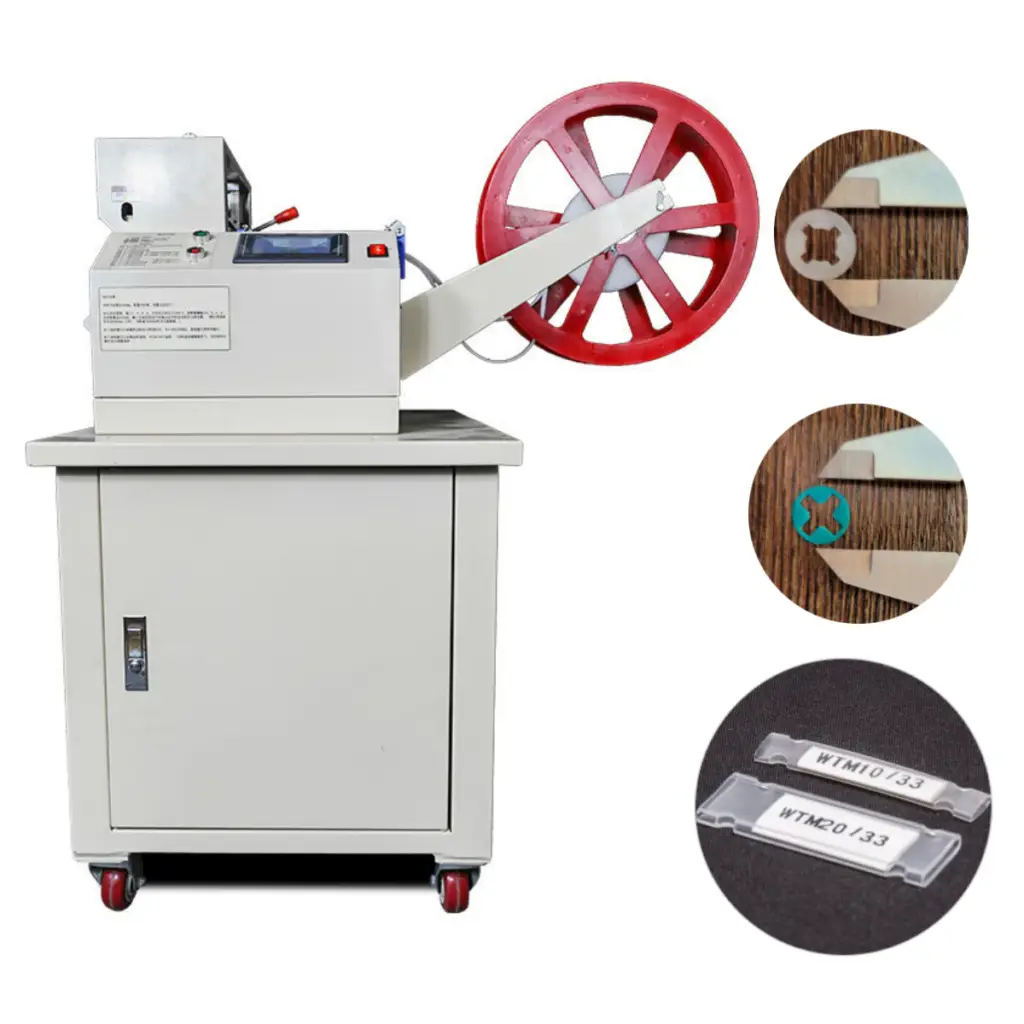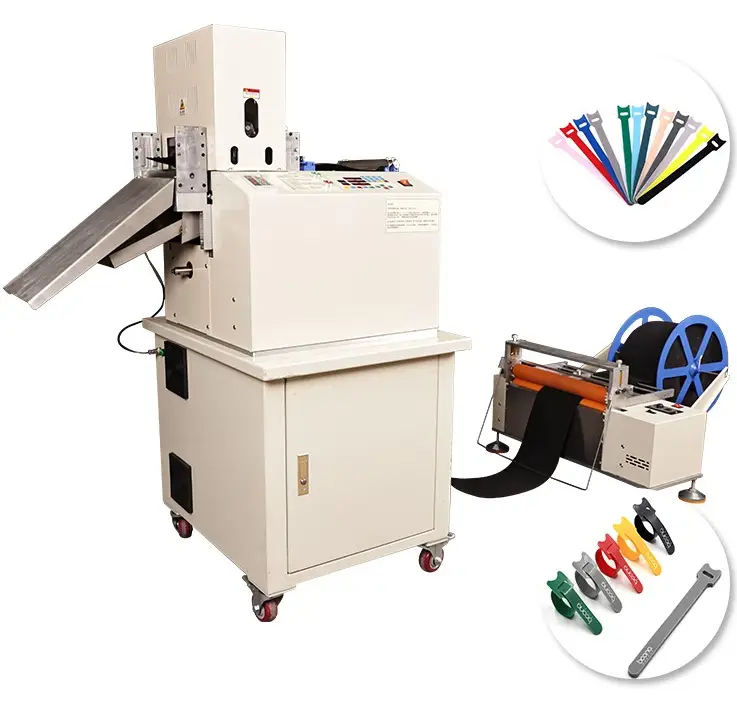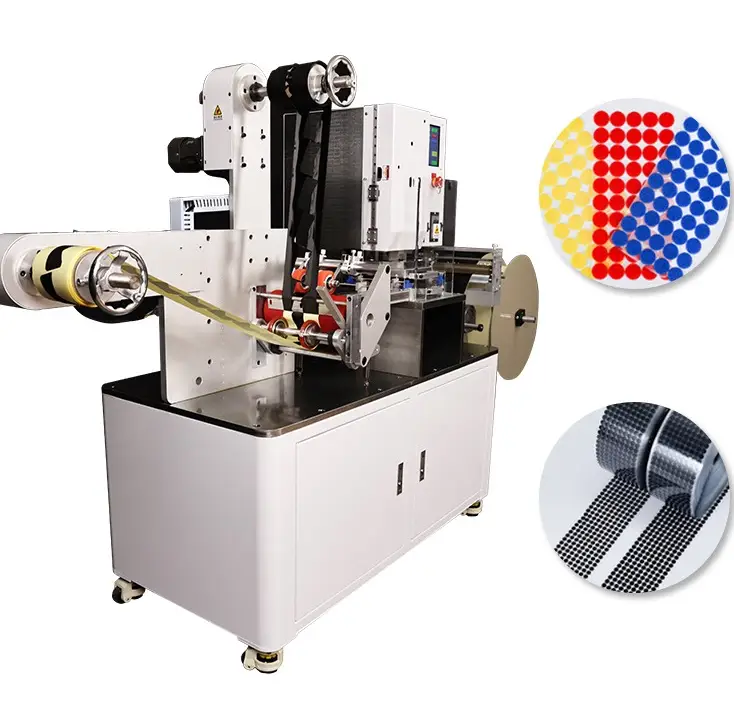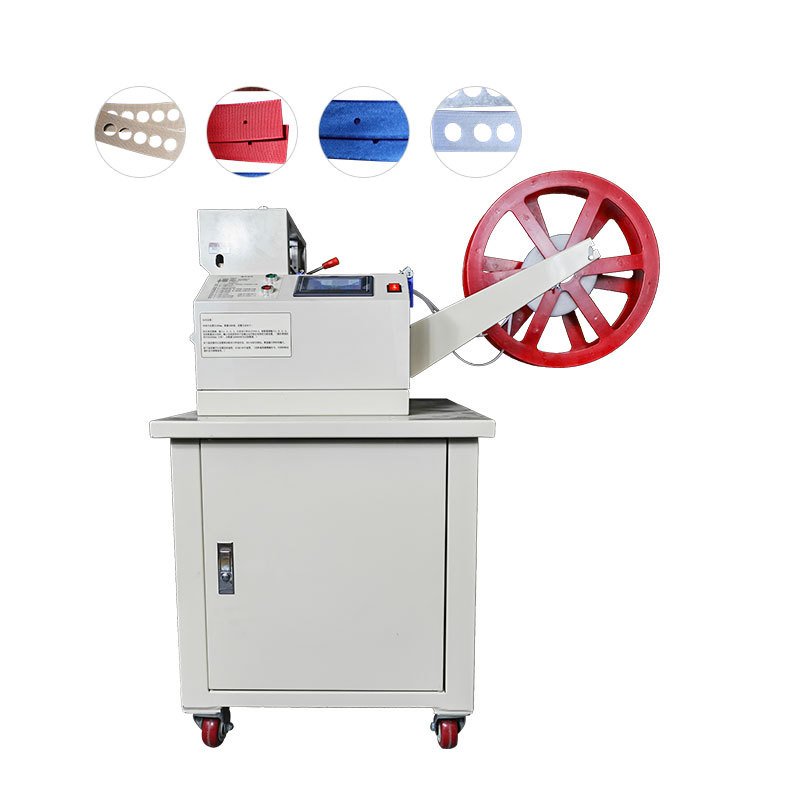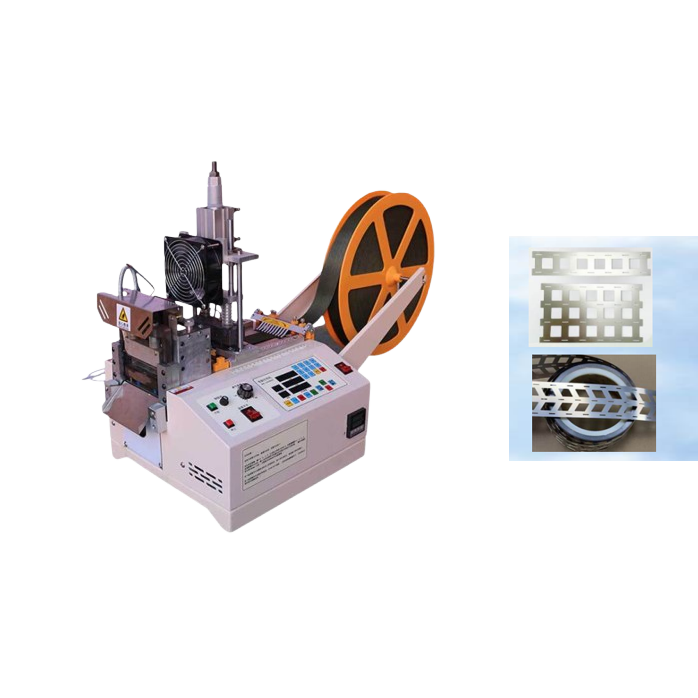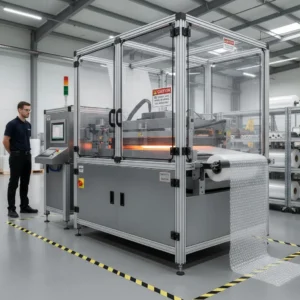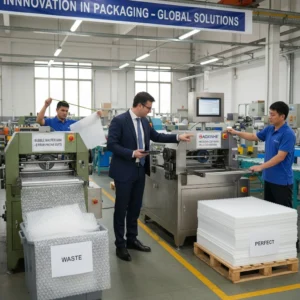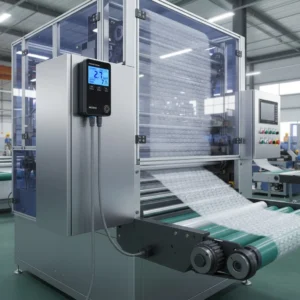How Do Label Cutting Machines Enhance Product Labeling in Industrial Packaging?

Manual label cutting leads to inconsistent sizing and placement, creating packaging irregularities that frustrate brand managers and consumers alike.
Label cutting machines enhance industrial packaging by delivering ±0.1mm precision cuts at speeds up to 1,200 labels/minute, ensuring uniform branding while reducing material waste by 15-25% compared to manual methods. These systems integrate seamlessly with packaging lines to maintain perfect label alignment across thousands of products.
1.Elimination of crooked or wrinkled label application
2.Reduced packaging waste from labeling mistakes
3.Enhanced brand reputation through consistent product presentation
4.Improved retail shelf appeal with professional packaging
As an engineer who has designed cutting solutions for major packaging facilities, I’ve witnessed how automated label cutting transforms production efficiency. Here’s how these machines elevate industrial packaging operations.
What Are the Key Maintenance Practices for Prolonging Label Cutter Lifespan?

Seeing your cutting accuracy degrade after just a few months? Many facilities unknowingly shorten machine lifespan through improper maintenance habits.
Daily blade cleaning, weekly lubrication of moving parts, and monthly sensor calibration can extend label cutter lifespan by 3-5 years while maintaining cutting precision within factory specifications. Proper maintenance reduces unexpected downtime by up to 70%.
Essential Maintenance Schedule for Label Cutters
| Maintenance Task | Frequency | Key Benefit | Time Required |
|---|---|---|---|
| Blade cleaning | Daily | Prevents adhesive buildup | 5 minutes |
| Guide rail lubrication | Weekly | Maintains smooth operation | 10 minutes |
| Sensor calibration | Monthly | Ensures cut positioning accuracy | 30 minutes |
| Full system diagnostic | Quarterly | Identifies potential issues early | 2 hours |
| Professional servicing | Annually | Extends overall machine life | 4-8 hours |
5 Critical Maintenance Components and Their Care
Cutting Blades
- Clean with isopropyl alcohol after each shift
- Rotate blades weekly to distribute wear evenly
- Sharpen after every 50,000 cuts
Material Feeding System
- Clean rollers with soft brush daily
- Check tension springs monthly
- Replace worn guide belts every 6 months
Optical Sensors
- Wipe lenses with microfiber cloth daily
- Test alignment with calibration card weekly
- Full recalibration monthly
Control System
- Update software quarterly
- Backup cutting programs monthly
- Check wiring connections annually
Waste Removal System
- Empty collection bin daily
- Clean vacuum channels weekly
- Inspect suction power monthly
Maintenance Impact on Machine Performance
| Neglected Area | Short-Term Effect | Long-Term Consequence |
|---|---|---|
| Dirty blades | Slightly rough edges | Complete cutting failure |
| Dry guide rails | Minor speed reduction | Motor burnout |
| Uncalibrated sensors | ±1mm variance | Product rejects |
| Worn belts | Occasional misfeed | Production stoppages |
Pro Tip: Maintain a maintenance log to track service history – this simple practice helps identify patterns and prevent 85% of unexpected breakdowns.
Conclusion

Properly maintained label cutting machines deliver years of precise, cost-effective performance – making routine care one of the smartest investments in your packaging operation.
Insights from HAOXINHE
In our 20+ years of manufacturing, we’ve found that 90% of premature machine failures stem from inconsistent maintenance. That’s why we build our label cutters with maintenance alerts and self-diagnostic systems – giving operators clear reminders when service is due. Remember: The few minutes spent on daily maintenance save thousands in repair costs and lost production time. Your cutting machine is only as reliable as your maintenance routine.
Key ways they enhance labeling include:
Increased Production Speed: Automated label cutting machines can cut multiple labels quickly, vastly reducing the time compared to manual cutting and speeding up packaging lines.
Consistent and Precise Cuts: These machines ensure uniform size and shape for every label, improving the professional appearance of product packaging and brand presentation.
Cost Efficiency: Minimizing material waste through precise cutting and streamlined processes saves manufacturers money, making production more cost-effective.
Versatility: Label cutting machines can handle various materials (paper, plastic, foil) and label designs, supporting a wide range of packaging needs and customization.
Enhanced Automation and Integration: They automate label production and application, often integrating seamlessly into packaging lines, thus reducing manual labor and errors while increasing throughput.

